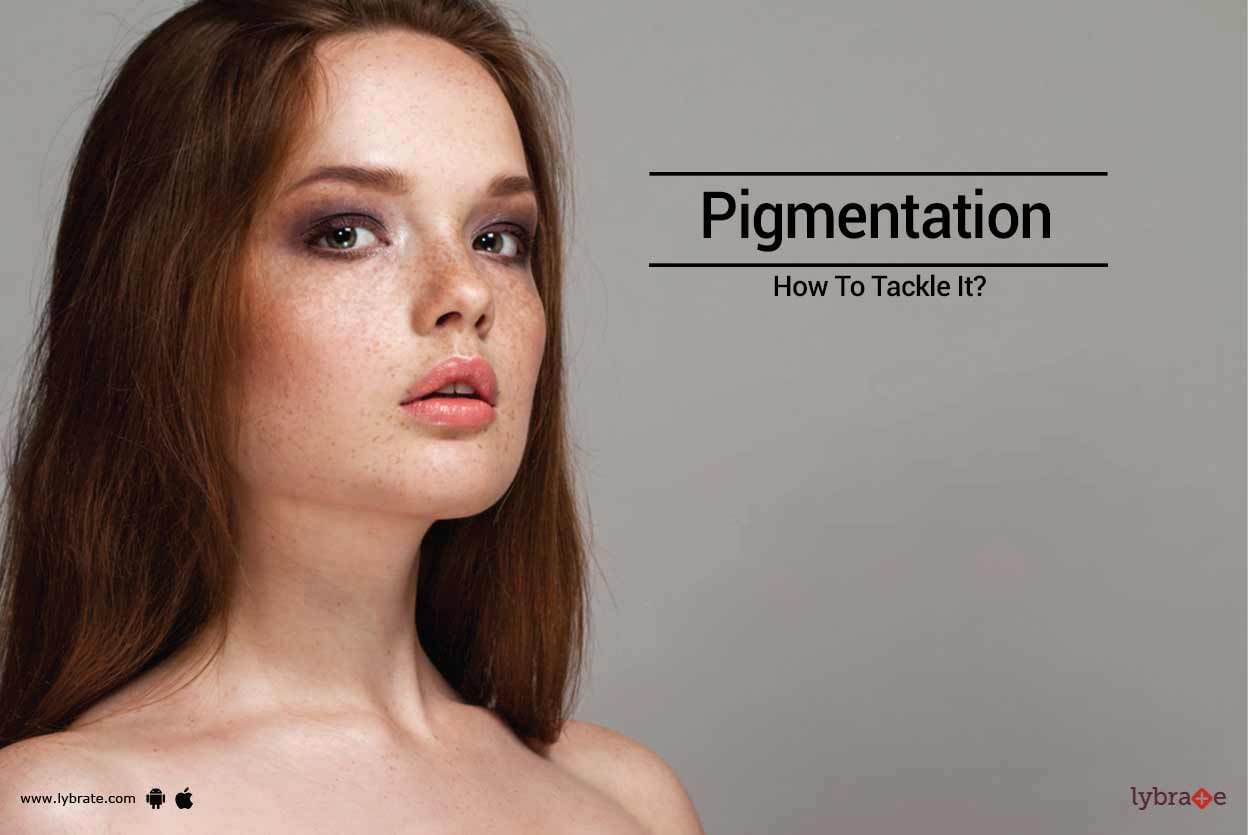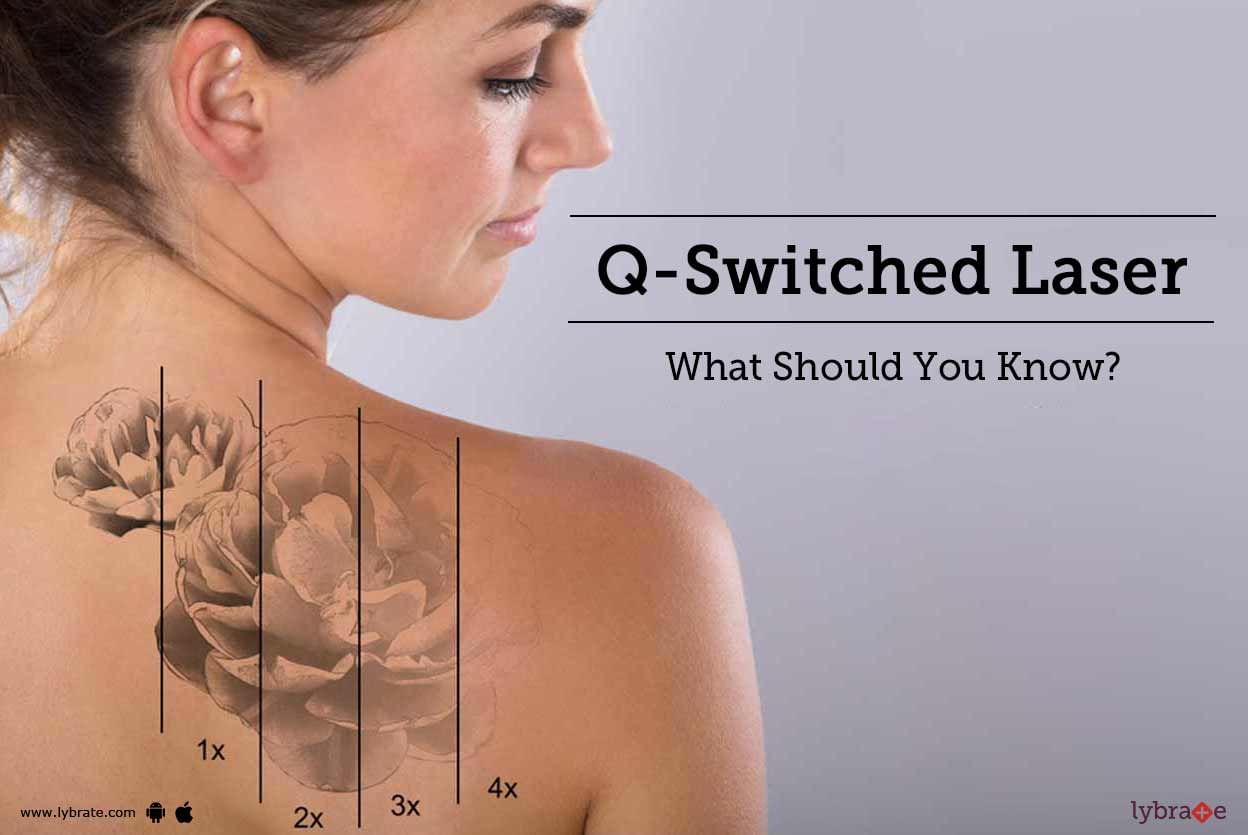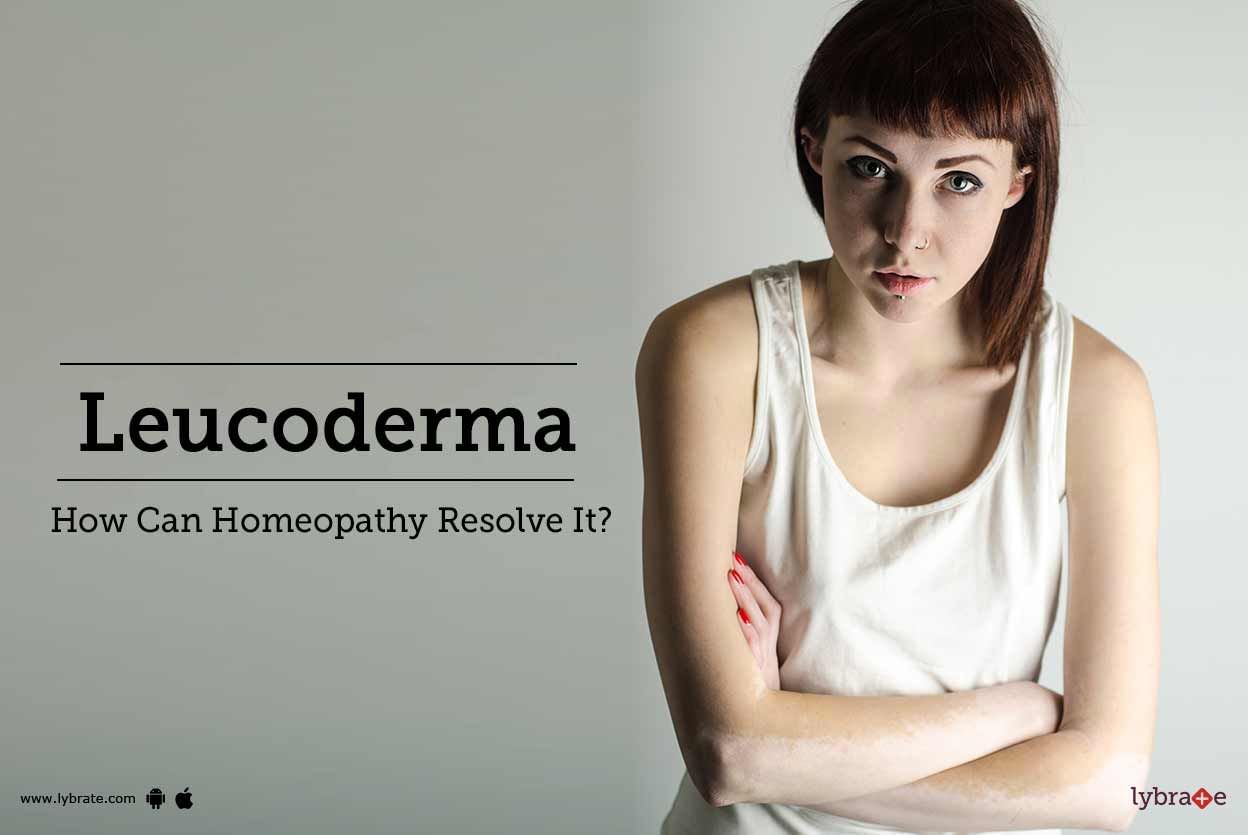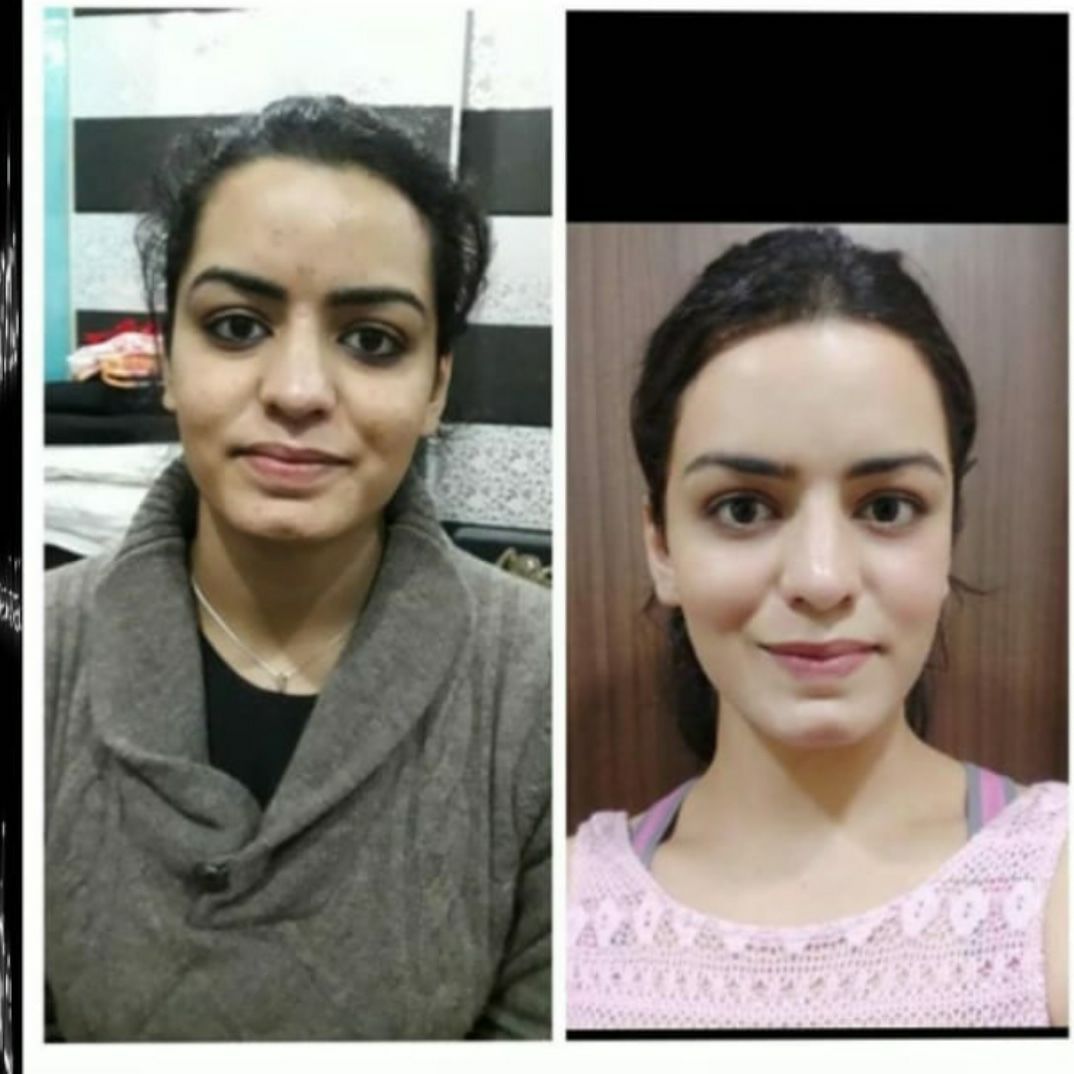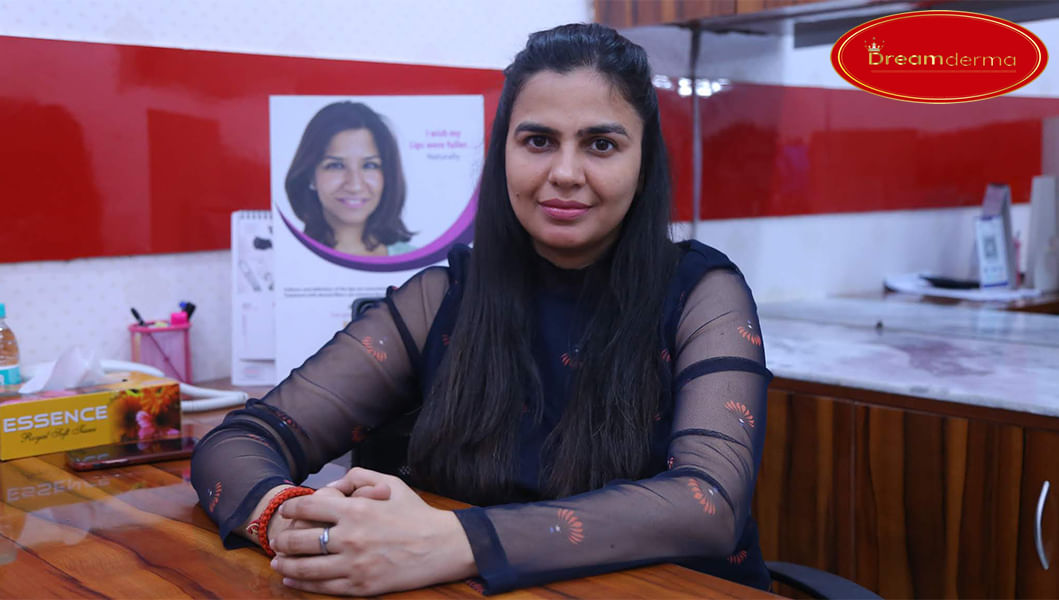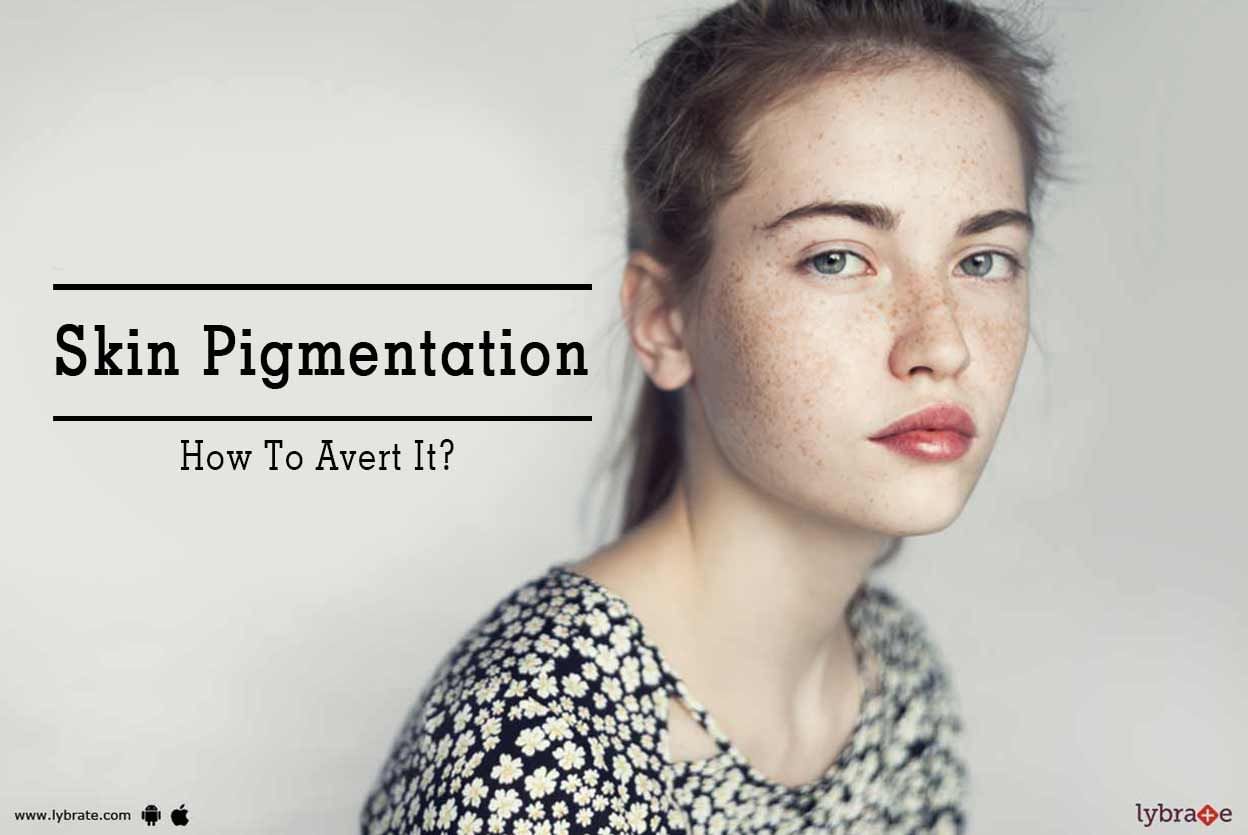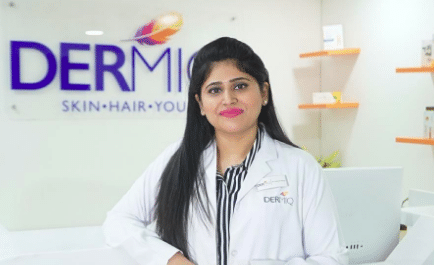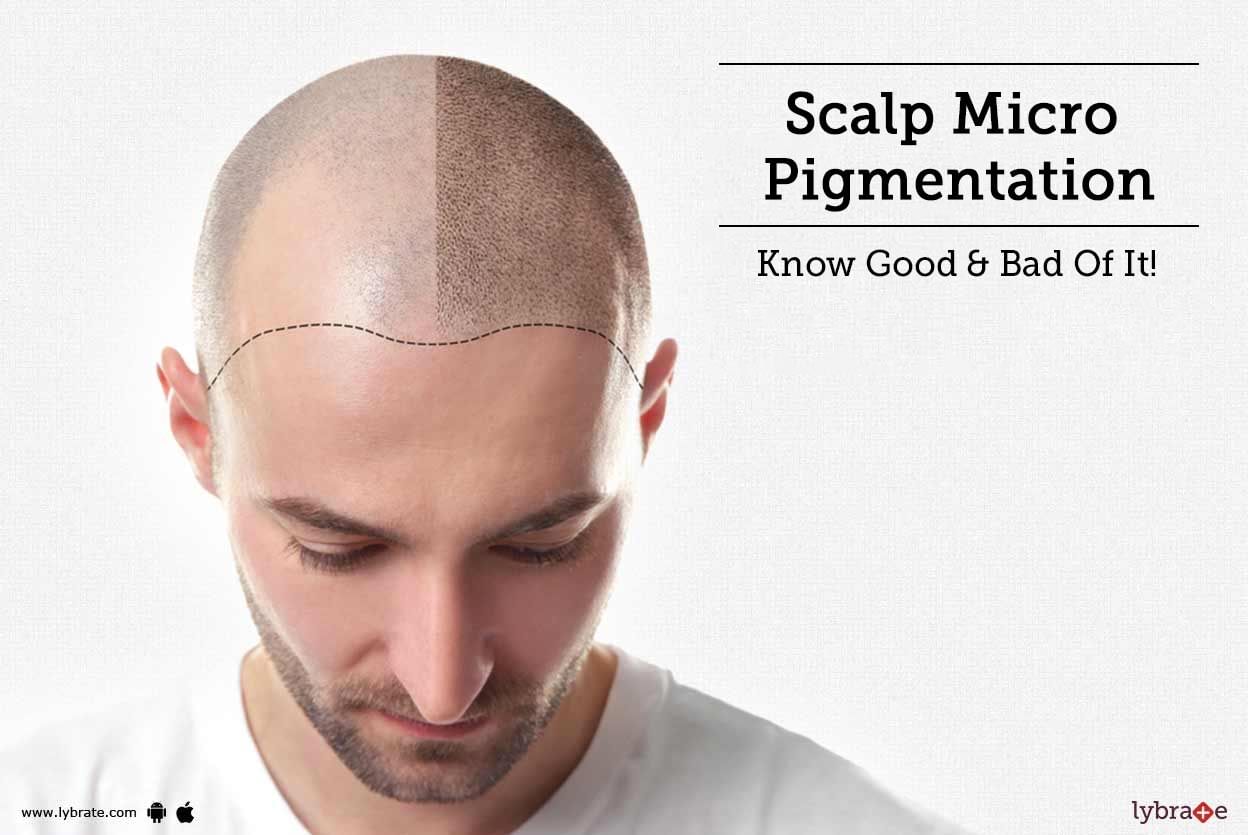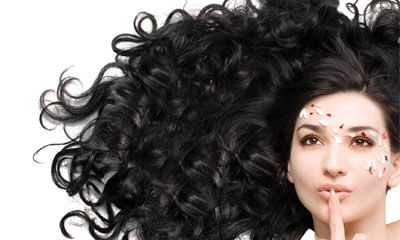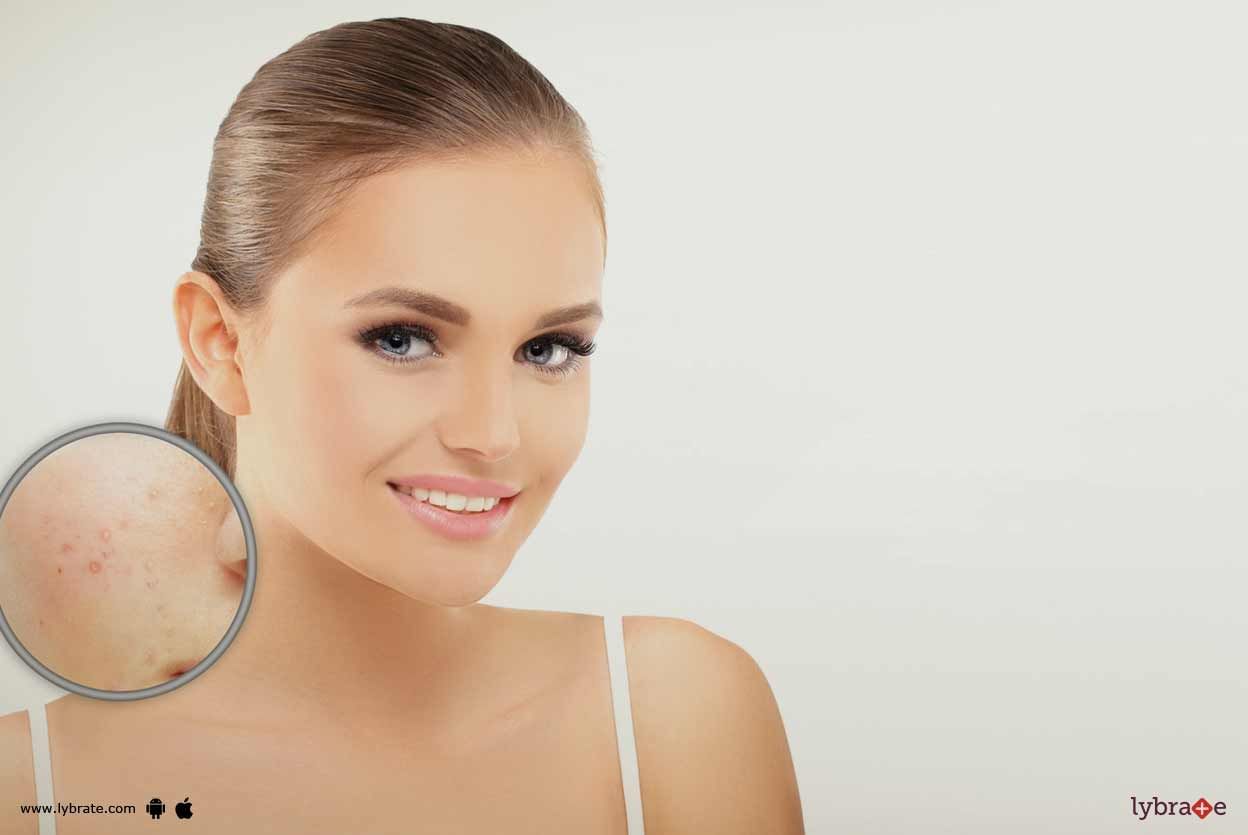Get the App
For Doctors
Login/Sign-up
Health Feed
Find Doctors
Health Packages
AllQ&AsTipsQuizzes
Pigmentation Tips
Last Updated: 5 years ago• Featured Tip
Share
Bookmark
Report
Our skin gets its colour from melanin. This is a pigment that is produced by a special kind of skin cells. When these cells get impaired then melanin production is also affected. This leads to discolouration of the skin which is called pigmentation. Pigmentation can manifest in many ways. Production of excessive melanin, excessive exposure to the sun, pregnancy and Addison's disease - all these make the skin darker.
On the other hand, too little melanin production leads to the lightenin...more
On the other hand, too little melanin production leads to the lightenin...more
Last Updated: 6 years ago• Featured Tip
Share
Bookmark
Report
Acanthosis nigricans is a pigmentation disorder, which leads to velvety, black patch formations on the skin. In some cases, the patch of skin may also give off a foul odour while itching is also a normal symptom of the condition. It can appear at several spots of the body, including the knees, elbows, palms, knuckles and neck. Here is a look at the diagnostic procedure for the condition as well as the treatment prescribed to patients.
Diagnosis of Acanthosis Nigricans
Acanthosis nig...more
Diagnosis of Acanthosis Nigricans
Acanthosis nig...more
Last Updated: 6 years ago• Featured Tip
Share
Bookmark
Report
A Q-switched laser is a non-invasive laser, which emits high-intensity pulsed beam light, and is used as a treatment for dermatological conditions. The laser beams are powerful enough to shatter small fragments of ink or pigmentation and stimulate the production of collagen.
Q-switched lasers, with advanced technology, can be used to rectify the following conditions
Tattoo removal
Treatment of toenail fungus
Sunspots
Age Spots
Freckles
Birthmar...more
Q-switched lasers, with advanced technology, can be used to rectify the following conditions
Tattoo removal
Treatment of toenail fungus
Sunspots
Age Spots
Freckles
Birthmar...more
Last Updated: 6 years ago• Featured Tip
Share
Bookmark
Report
Leucoderma in the medical world is also referred to as Vitiligo. Leuco means white and derma means skin. Leucoderma is an autoimmune skin disorder wherein parts of the skin start to lose colour. This leads to the appearance of patches of white skin. The human skin contains a pigment referred to as Melanin, which is produced by cells known as melanocytes. The pigment is dark in colour and gives the skin its colour. Melanin when present in our skin also helps to provide protection to the skin from...more
Last Updated: 6 years ago• Featured Tip
Share
Bookmark
Report
Last Updated: 6 years ago• Featured Tip
Share
Bookmark
Report
Most skin problems develop due to external damage. However, skin problems may also occur due to internal problems, such as an unhealthy diet and lifestyle issues. One of the fairly common problems is skin pigmentation.
What is skin pigmentation?
Skin pigmentation primarily refers to the change in skin color in patches across the body. These could occur all over the body including your face. Skin pigmentation problems primarily include:
Hyperpigmentation: The darkening of th...more
What is skin pigmentation?
Skin pigmentation primarily refers to the change in skin color in patches across the body. These could occur all over the body including your face. Skin pigmentation problems primarily include:
Hyperpigmentation: The darkening of th...more
Last Updated: 6 years ago• Featured Tip
Share
Bookmark
Report
For long, people have had a tough time dealing with hair fall and baldness. In some people, especially men, the baldness may appear in patches, affecting their overall appearance, with people looking way older than their age. Scalp Micro Pigmentation has been a revelation in the truest sense, taking the market by storm. It is a natural and non-surgical procedure to deal with hair fall and the associated problems.
Scalp Micro Pigmentation can be used to treat a host of hair problems incl...more
Scalp Micro Pigmentation can be used to treat a host of hair problems incl...more
Last Updated: 6 years ago• Featured Tip
Share
Bookmark
Report
Dermatologist•Noida
Micro Scalp Pigmentation is also known as Scalp Micro Pigmentation is a great new solution for anyone who suffers from baldness. This procedure is ideal for people wanting a long term hair loss solution without any surgery or scars.
MSP is a method of depositing pigment into the dermal layer of the skin on the scalp, which replicates hair follicles. When viewed from a few inches or further away, the pigment dots appear as hair follicles and the client has the appearance of a full head o...more
MSP is a method of depositing pigment into the dermal layer of the skin on the scalp, which replicates hair follicles. When viewed from a few inches or further away, the pigment dots appear as hair follicles and the client has the appearance of a full head o...more
9 people found this helpful
Last Updated: 6 years ago• Featured Tip
Share
Bookmark
Report
The complexion of a person is determined by a pigment known as melanin. More the amount of melanin in a person, darker the complexion. The benefit of melanin is effective sun protection, and it prevents damage from sun exposure.
We have noticed people with dark (brown/black) spots that are darker than the surroundings skin. Commonly affected areas are the face, neck, hands, back, etc. These are melanin concentrated areas and become more visible in fair complexioned people. They are caus...more
We have noticed people with dark (brown/black) spots that are darker than the surroundings skin. Commonly affected areas are the face, neck, hands, back, etc. These are melanin concentrated areas and become more visible in fair complexioned people. They are caus...more
Last Updated: 6 years ago• Featured Tip
Share
Bookmark
Report
Pigmentation or the colour of your skin can be a sign of the state of your health. The skin colour can become lighter (hypopigmentation) or darker (hyperpigmentation) when you go through some physical illness or sustain an injury. Melanin is the agent which is responsible for the colour of our skin. When the cells responsible for melanin production get damaged, pigmentation disorders start to appear. When the body produces excessive melanin, the skin tends to get darker.
Excessive expos...more
Excessive expos...more
Book appointment with top doctors for Pigmentation treatment
View fees, clinic timings and reviews
Ask a free question
Get FREE multiple opinions from Doctors
posted anonymously


